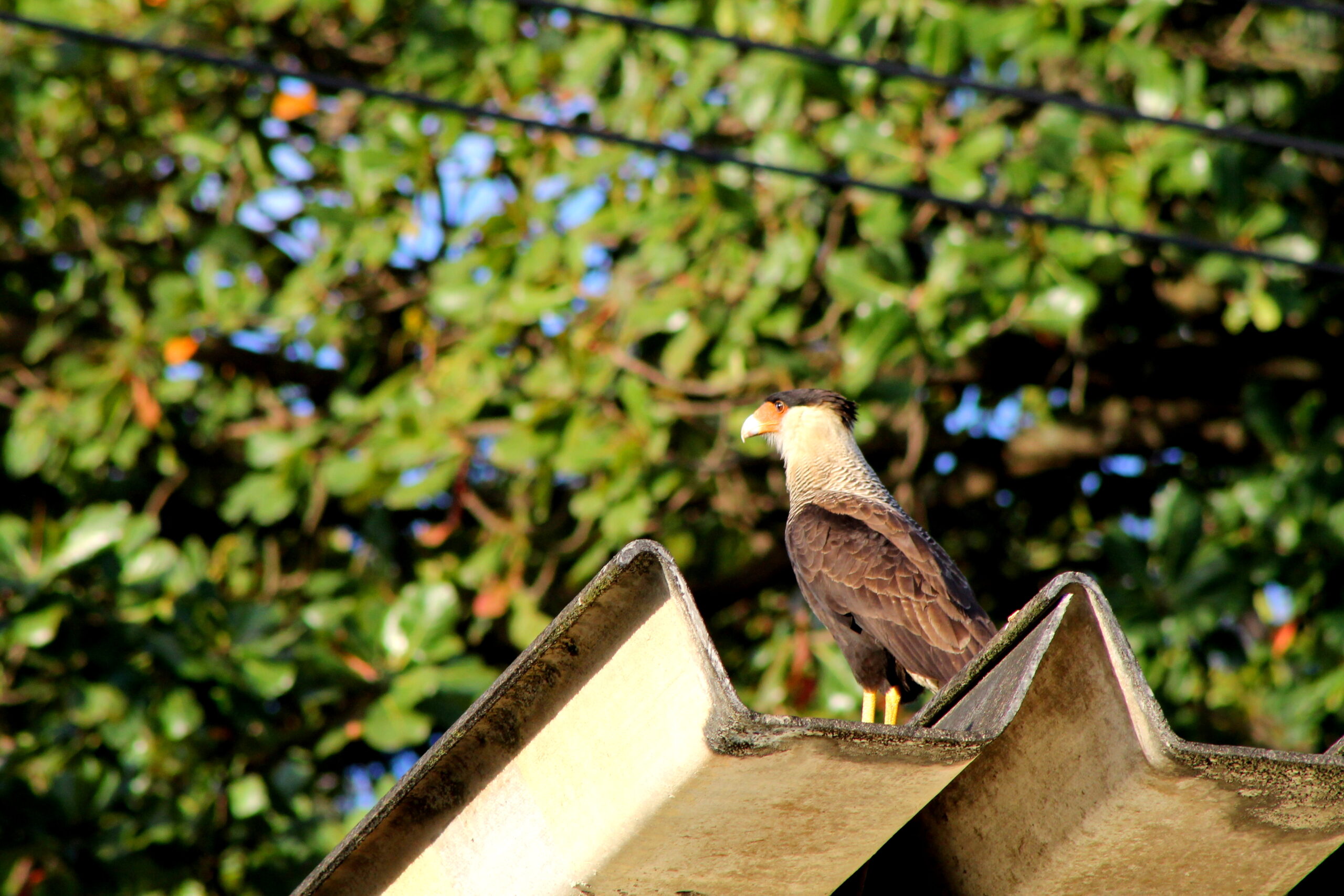Attracting Birds to Your Backyard: Simple Steps for a Lively Haven
Attracting birds to your backyard can be a rewarding and enjoyable experience for both homeowners and bird enthusiasts. By creating a bird-friendly environment, you are inviting numerous avian species to visit and make your garden their home. Not only does this enhance the aesthetics and lively ambiance of your outdoor space, but it also has a positive impact on local ecosystems, helping to support biodiversity.
To attract a variety of wild birds, it’s crucial to provide the essential elements they need to thrive, such as food, water, and suitable nesting spots. Designing a bird garden that incorporates a diverse range of native plants, bird feeders, and bird baths can meet these needs, encouraging more species to frequent your backyard. Additionally, the rich plant life invites beneficial insects, which act as a natural food source for many bird species.
When establishing a bird-friendly backyard, it’s important to prioritize the safety and well-being of your feathered visitors. Incorporating protective measures such as birdhouses and brush piles can help create safe nesting and hiding spaces, ensuring the birds feel secure in their newfound sanctuary. Furthermore, practicing responsible bird feeding by providing clean, well-stocked feeders and appropriate foods can also promote bird health and attract a diverse and healthy bird community.
Creating a Bird-Friendly Habitat
Choosing Native Plants
One of the best ways to attract birds to your backyard is by planting native trees, shrubs, and other plants. These provide birds with food sources like seeds, berries, and nectar, as well as necessary shelter and nesting sites. Begin by researching the native plants in your region and consider their habitat requirements, such as sun and water needs. Some examples of native plants might include:
- Native trees: Oaks, maples, and birches.
- Native shrubs: Serviceberry, dogwood, and holly.
- Berry-producing plants: Elderberry, chokeberry, and raspberry.
Remember to include a variety of plants with different blooming periods to ensure a continuous food supply throughout the year. Layering your plantings by creating habitat layers—from ground covers and perennials, to understory shrubs and tall canopy trees—will also create vertical diversity, offering birds multiple niches within the landscape.
Providing Water Sources
Water is essential for birds not only to drink but also to bathe and cool off. By providing a reliable water source in your backyard, you’ll attract a greater variety of species. Consider these options for providing water:
- Birdbaths: Provide shallow water for birds to drink and bathe in but make sure to clean and refill them regularly.
- Ponds: A small backyard pond can provide water for birds and other wildlife. Adding a gentle waterfall or fountain can also create movement and sound that will attract birds.
- Dripping water: A small drip or mist system connected to a hose or sprinkler creates an enticing water source for birds.
To keep birds safe from predators, always place water sources near sheltering plants, such as shrubs and trees.
Offering Varied Food Options
Birds have different food preferences, so providing a range of food options will appeal to various species. Some ways to offer varied food choices to your feathered visitors include:
- Seeds: Offer a mix of seeds, such as sunflower, millet, and safflower, in a bird feeder that is specific to the desired bird species.
- Fruits: Plant fruit-producing trees and shrubs like crabapple and serviceberry or offer chopped fruit in a platform feeder.
- Nectar: Plant nectar-rich flowers or provide a nectar feeder for hummingbirds and other nectar-loving birds.
By integrating these elements into your garden, you can create a welcoming habitat that will attract a diverse range of bird species to your backyard. Happy birdwatching!
Selecting and Positioning Bird Feeders
Types of Feeders and Food
There are various types of bird feeders on the market, each designed for specific types of food and birds. Some common bird feeder types include:
- Tube feeders: These cylindrical feeders come with small perches and are ideal for small birds with short bills, such as finches. Common food to use in tube feeders are:
- Nyjer (thistle) seeds: Attracts finches and siskins
- Millet: Preferred by house sparrows and doves
- Sunflower seeds: Attracts a wide range of birds
- Tray or platform feeders: They provide an open and flat feeding surface that is easily accessible to various bird species. Be cautious with tray feeders, as they can get wet and lead to spoiled food. They are best for:
- Seeds: sunflower, safflower, mixed seeds
- Nuts: peanuts, smashed walnuts, and almonds
- Suet feeders: Made of wire or mesh, these feeders hold suet cakes, which are fatty and high-energy foods for birds like woodpeckers and nuthatches.
- House or hopper feeders: Designed to hold large amounts of bird seeds, allowing multiple birds to feed simultaneously.
When selecting bird feeders, prioritize choosing high-quality, durable materials that can withstand weather conditions. Additionally, select feeders that can be easily cleaned to maintain proper hygiene.
Feeder Placement and Protection
To maximize the number of birds coming to your backyard, follow these guidelines for feeder placement and protection:
- Height: Hang feeders at varying heights to accommodate a wider variety of birds. Place tube feeders between 4-6 feet high, while platform and house feeders should be mounted higher.
- Visibility: Birds should be able to see the feeder while they fly overhead. Avoid obstructing their view by placing the feeder in an open area with minimal dense foliage.
- Shelter: Provide nearby cover for birds to hide from predators. Position feeders close to trees, bushes, or other structures that offer protection.
- Distance: Keep feeders at least 10 feet away from windows to reduce the risk of bird collisions.
- Protection: To deter squirrels and other predators, use baffles or hang feeders on poles or slippery surfaces. Additionally, opt for feeders with built-in protection mechanisms, such as weight-activated perches that close off access to seeds.
By carefully selecting and positioning the bird feeders in your backyard, it’s possible to create a haven for various bird species to enjoy. Follow these guidelines and be observant of your backyard visitors to further tailor your bird feeding strategies.
Enhancing Safety for Backyard Birds
In order to successfully attract birds to our backyard, it is important to provide them with a safe environment. This section will discuss how to safeguard birds from predators and ensure suitable nesting sites.
Safeguarding from Predators
Various predators target backyard birds, including rodents, cats, snakes, and even other birds like kestrels. To minimize these threats, consider implementing the following strategies:
- Provide Shelter: Offer natural hiding places such as dense shrubbery or hedgerows. This will not only give birds a place to escape during attacks, but it can also encourage nesting.
- Strategic Feeder Placement: Place bird feeders at least 10-12 feet away from potential hiding spots for ground-dwelling predators, and about 4-6 feet off the ground to deter terrestrial attackers.
- Baffle Installations: Install baffles (cone or cylinder-shaped barriers) on bird feeder poles and nesting box posts to prevent access by rodents or snakes.
- Predator Guards: Ensure your nesting boxes are equipped with predator guards to prevent unwanted species from reaching the eggs or nestlings.
Nesting Boxes and Material Provision
Well-designed nesting boxes and the provision of nesting materials can greatly enhance backyard bird safety. Follow these guidelines to encourage birds to utilize your backyard as a reproductive site successfully:
- Nesting Box Sizes: Offer a variety of sizes and styles, as different bird species have specific preference. A general rule is to have at least one box per target species.
- Nesting Box Placement: Affix the boxes to sturdy support structures at the appropriate height for each species, and make sure they face away from the direction of prevailing winds.
- Interior Ventilation: Ensure that your nesting boxes have proper vent slots to prevent overheating during hotter weather, as excessive heat can be fatal to eggs and nestlings.
- Material Provision: Offer proper nesting materials such as twigs, dead leaves, moss, or even pet fur. However, avoid offering synthetic fibers or plastic strings as they can pose a hazard to birds.
By implementing these practices, you can create a safe and welcoming environment for birds in your backyard, increasing the chances of attracting a wide range of species. With proper care, you can enjoy the fascinating world of backyard birds while providing them with a much-needed sanctuary in their wild adventure.
Attracting Specific Bird Species
Hummingbirds and Nectar Lovers
Attracting hummingbirds requires a mix of plants with vibrant, tubular flowers and a steady supply of nectar. Planting species such as Salvia, Agastache, and Penstemon will create an ideal environment for these birds. A nectar feeder can also be an effective method of attracting hummingbirds. Additionally, provide a shallow bird bath for the hummingbirds to cool off and refresh themselves.
Seed-Eaters and Ground Foragers
If you aim to attract seed-eaters such as house sparrows and blue jays, provide a diverse habitat that includes a range of different plants and food sources. Set up bird feeders with a mix of seeds that cater to different species:
| Bird Species | Preferred Seeds |
|---|---|
| House Sparrow | Millet, Sunflower |
| Blue Jay | Sunflower, Peanuts |
Creating a safe space for ground foragers like sparrows involves providing both wet and dry areas for them to forage in. Maintaining a grassy or dry patch in your backyard and a wetland-like space with shallow pools will make your backyard more attractive to these species.
Birds of Prey and Owls
For the more adventurous bird enthusiast, attracting birds of prey and owls to your backyard can be a thrilling and rewarding experience. Keep in mind, though, that attracting these species typically requires offering a large habitat with multiple layers for the birds to thrive in.
Here are some tips to create a suitable habitat:
- Offer a tall tree or nesting platform to encourage roosting and nesting.
- Place bird baths with a depth of around 3 inches or more for the birds of prey to drink and bathe in.
- Encourage a diverse, natural habitat to support the growth of insects and small mammals that are prey for the birds of prey and owls.
Attracting specific bird species to your backyard takes time and effort, but with the right approach and dedication, you can create a haven for birds in your own backyard.



